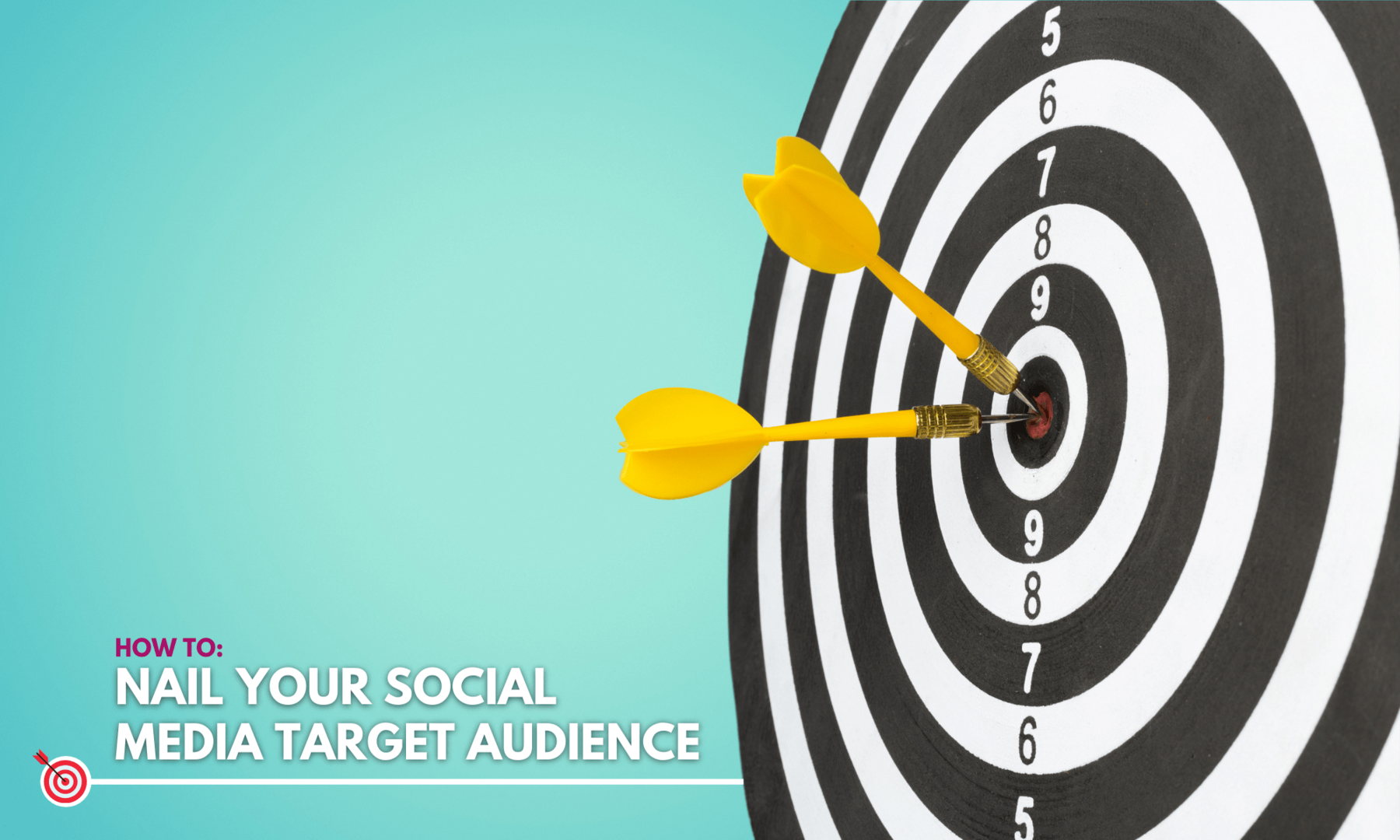
Nailing your target audience is pivotal for any B2B marketing campaign, and something you should spend time exploring to help you achieve your desired results.
The first step to this process is identifying your target audience. This will in turn help you build your target audience profile. Finding your target audience isn’t complicated, but it will require some research. It mostly comes down to narrowing your focus while expanding your reach.
The best place to start with your research consists of simply sitting down and crunching the data surrounding your existing customers. How old are they? What job titles do they hold? What are their interests? What are their main concerns? These are the types of questions that will help you better understand your current and prospective customers.
If you have built your own customer database (kudos to you) then there is a wealth of information to assist in identifying your target audience. If you look through your existing database, do you see any patterns? If so, it pays to segment certain areas. For example, if your customers are in the foodservice industry, you can segment your database depending on the type of business they run, such as café, hotel or quick service restaurant.
Social media platforms like Facebook and Instagram provide most of these insights. If you’re already publishing content there to promote your business, they’re often a good place to start. If you’re familiar with the Business Manager side of Facebook, then you can use powerful tools like Audience Insights to get a clear picture of your target audience – right down to what other Facebook pages they like.
Another way to identify your target audience, is to take a peek at what the competition is doing. If you see someone getting good engagement, there’s no shame in analysing what they’re doing well. With the Page Transparency feature on Facebook, you can check out what types of ads they’re running, or you can check out the comment section to see what their audience is saying. However, just because a brand is receiving good engagement doesn’t necessarily signify strong audience targeting (or sales!). Some companies will be reaching so wide that they’ll get lots of comments, but with the wrong crowd. So, beware of that when conducting your research.
The final step to correctly identifying your target audience, is to understand what it is that they want and expect from your marketing campaigns. Do they want to see the latest products? Or do they want a place to discuss industry trends and insight? If you’re having trouble figuring out what your audience wants to see across your channels, you can always ask them. Conducting surveys and market research is a lot easier if you’ve established your social presence. Ask a question or take a quick poll using a story feature. So long as it’s a question worth answering, a portion of your audience should be happy to answer.
Once you’ve built your target audience profile, it’s all about identifying ways to reach them. One way to do this, is through lookalike audiences. Lookalike audience targeting is a pretty straightforward concept. If you already have people following your brand, then many social media platforms will be able to identify similar individuals to target. So, what you get in return is a strong audience of people who share similar traits, ideas, interests and wants.
If you’re quite happy with your target audience profile, but feel that your content isn’t really hitting the mark, you should try A/B testing. This is a marketing strategy that you might already be familiar with or at least heard of, as it’s an oldie (but a goodie!). What this method essentially does is split your audience into two random groups, so that you can test different variations of your content to see how people respond. It’s an excellent way to tweak your content in real time and will go a long way towards maximising your reach.
In this modern era of marketing we’re lucky to have this ability to test in real time, with the advancement in tech allowing us to do so. Therefore, there is no excuse not to revisit your target audience profile constantly. I like to reflect on my target audience profile on a monthly basis, as I know how quickly customer sentiment can change.
With B2B audience targeting, it’s important to be adaptive. Unless you’re a highly specific trade publication, your target audience can feel rather elusive. Many functions of marketing software and social media platforms can be more tailored to B2C. Your B2B audience is just as important though, and also spends time online in search of engaging content.
Identifying your target audience through meticulous research is the best place to start. Once you’ve nailed your target audience profile, your focus should shift to testing what types of content bring in the most positive response. Be sure to capture their demand and expand your audience by leveraging tools like lookalike audiences.
From there it’s all about creating engaging content. Is your brand looking to identify, target and engage with your customers and prospects via social media? Contact Mulberry today to learn how we can help you reach your target audience.
Campbell Brown is a Digital and Social Account Executive at Mulberry Marketing Communications, an award-winning full-service B2B communications agency based in Chicago, London and Australia. His enthusiasm lies in creating strong social content and building positive relationships with clients.